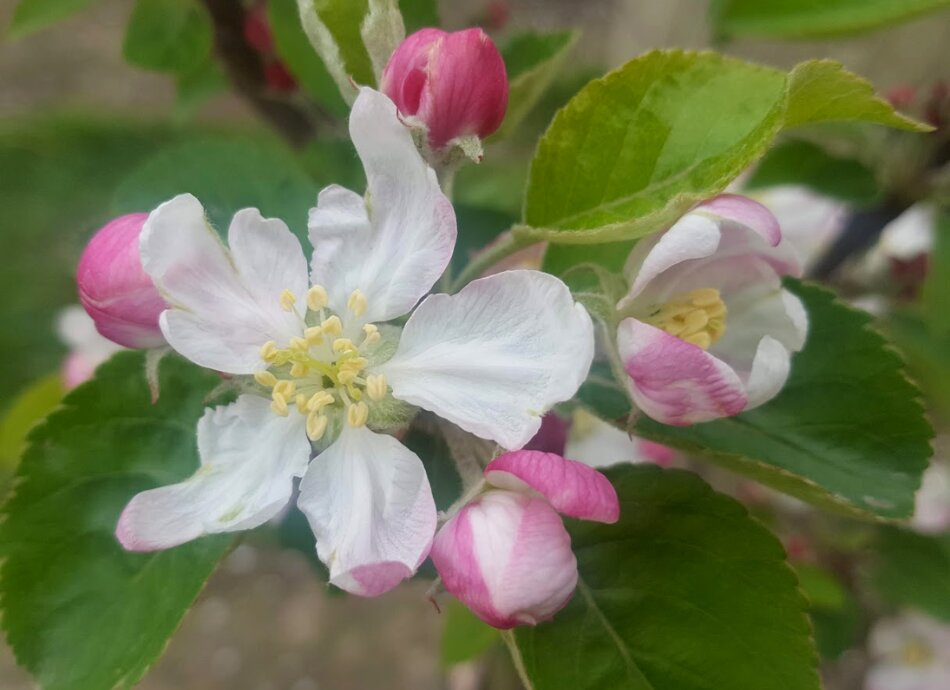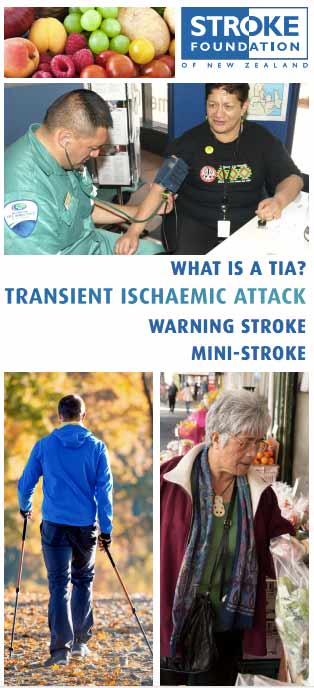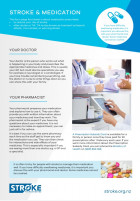The signs and symptoms of stroke usually come on suddenly. The type of signs experienced will depend on what area of the brain is affected.
Common first signs of stroke include 1 or more of the following:
- Face: sudden drooping, weakness and/or numbness of face
- Arm: sudden weakness of the arm (and/or leg)
- Speech: difficulty speaking, words jumbled or lost voice.
The T in F.A.S.T. represents the need to take action – if you think somebody might be having a stroke, call 111 immediately.
These symptoms are present in 85% of strokes.

Image credit: Stroke Foundation of New Zealand
Video: FAST campaign: Stroke Foundation of New Zealand
(Stroke Foundation of NZ, 2018)
Watch this video in te Reo Māori.(external link)
Stroke Foundation NZ training on what a stroke is, how to recognise the key signs of stroke and how to give someone the best chance of recovery after a stroke is available through the F.A.S.T. Training and Workplace Toolkit.(external link)









